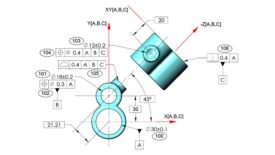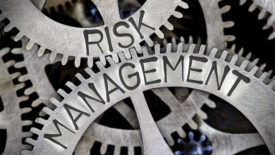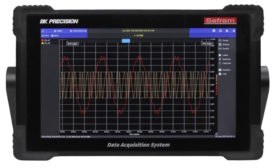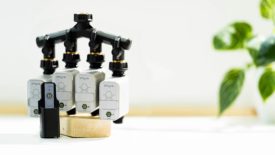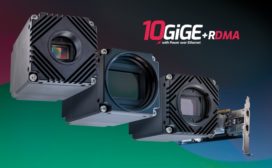Home » Keywords: » data collection
Items Tagged with 'data collection'
ARTICLES
Lean with Lazarus | Ian R. Lazarus
What’s the Big Deal with Big Data?
There is an interesting difference of opinion over how much data should be collected.
June 28, 2024
Measurement
Better Measurement Data Reporting to Improve GD&T Effectiveness
ASME Y14.45-2021 Standardizes Measurement Data Content for GD&T Specifications.
April 4, 2024
Quality Headline
Aionic Digital Appoints Huiza Global Chief Technology Officer
March 15, 2024
Case Study
Orbit Irrigation Digitizes and Simplifies Incoming Inspection Tasks
Until a few years ago, Orbit was tracking inspection data on paper and an Excel sheet.
January 11, 2024
Software & Analysis
Next Steps for Digitalized Quality on the Frontline
Manufacturers looking at replacing paper-based quality processes are being presented with a much broader and more effective set of technologies than ever before.
December 28, 2023
EVENTS
Webinar Sponsored Webinars Sponsored
8/22/24 to 8/22/25
Contact: Meg K.
Unleashing Quality Data: Driving Business Success With Advanced SPC Tools
Stay in the know with Quality’s comprehensive coverage of
the manufacturing and metrology industries.
eNewsletter | Website | eMagazine
JOIN TODAY!Copyright ©2024. All Rights Reserved BNP Media.
Design, CMS, Hosting & Web Development :: ePublishing




